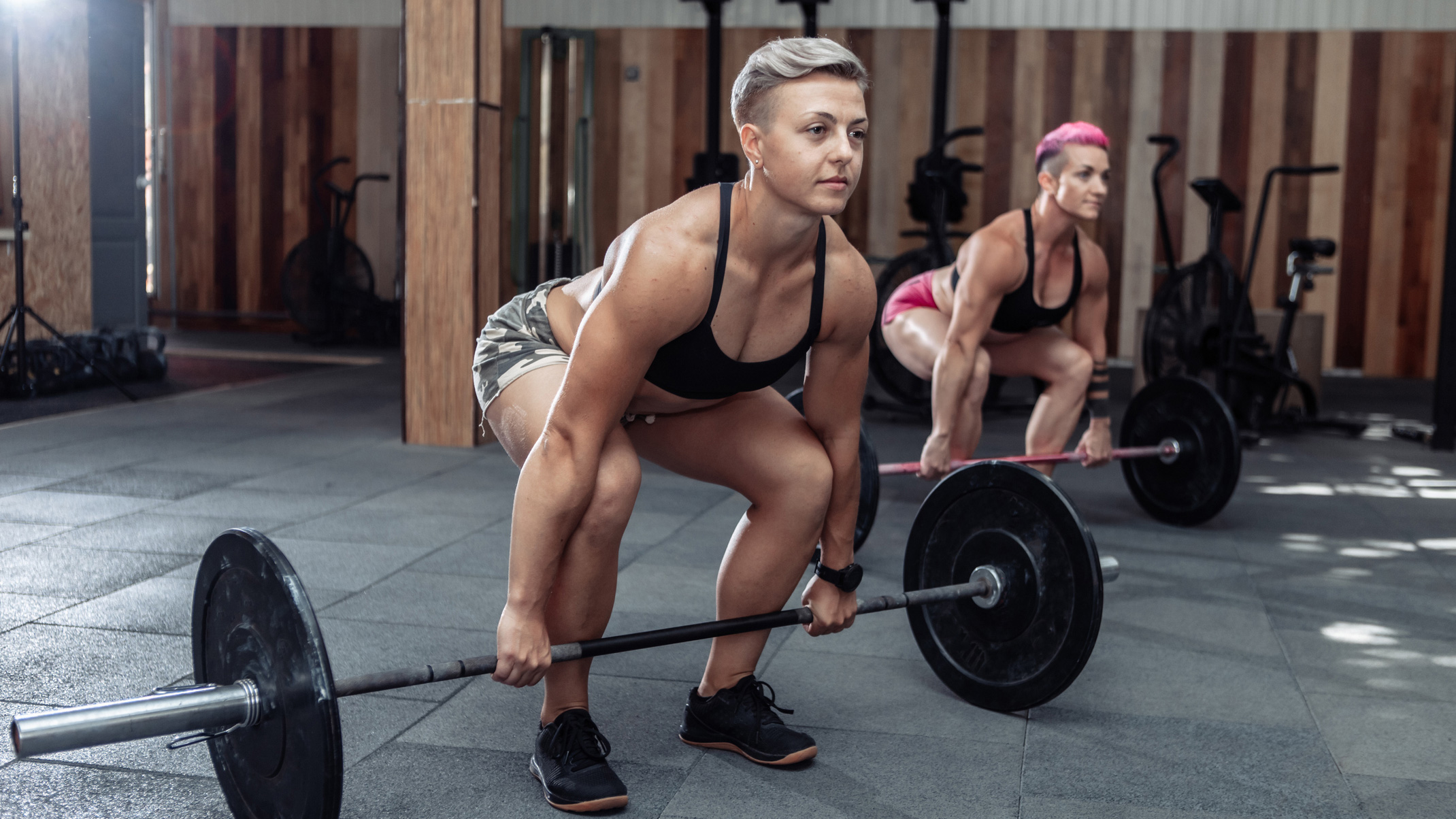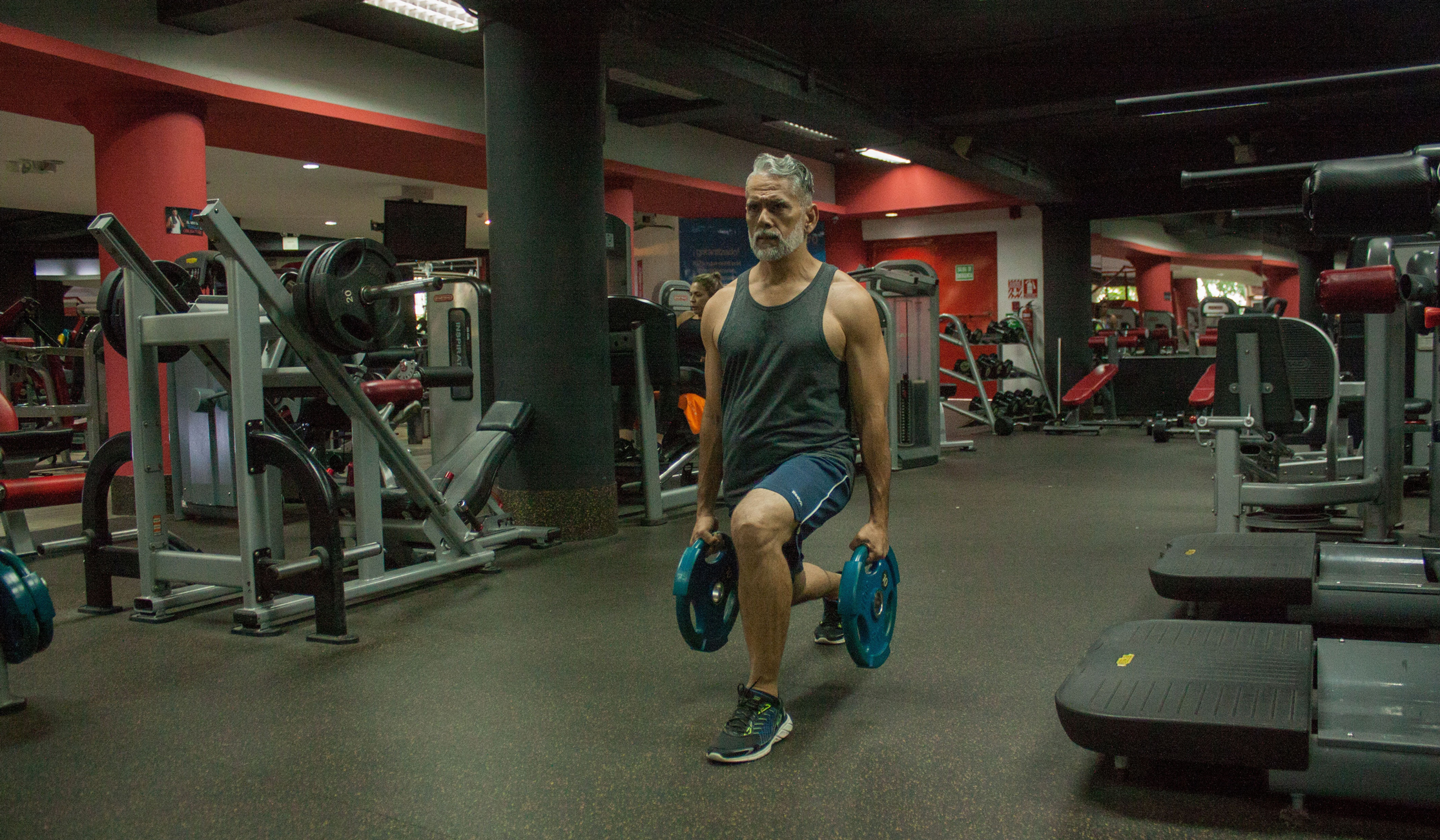Can lifting weights until failure help build muscle? Here's what the research says
Lifting weights until you can lift no more is a popular muscle-building strategy. But what does the science say?


There's lots of different strategies when it comes to lifting weights. You could go for lighter weights and do more reps, or you could opt for heavier weights and do fewer reps, as you're expending more energy. However, there is a strategy called "training for failure" which is literally lifting weights until your muscles cannot continue.
It's often used to try and grow your muscles, whether you're curling at home with one of our best adjustable dumbbell entries, or you're squatting with barbells at the gym. It's often thought to induce hypertrophy, which is the process by which your muscles increase in size, so all around the world there are people lifting at the end of their gym session until their muscles fail. It's seen as an indicator that you've really done the most you can do.
But is it really all its cracked up to be, or will lifting until failure be detrimental to your progress? Two studies, both published just last year, have taken a look at this weight lifting strategy.
The first, published in the Journal of Sport and Health Science by researchers from the USA, Australia and Croatia, examined a group of studies on training to failure vs. non-failure on strength and hypertrophy. For studies that did not take the amount of previous training into account, non-failure training elicited more strength gains. For resistance trained individuals, training for failure elicited better results.

The study concluded, "Training to muscle failure does not seem to be required for gains in strength and muscle size. However, training in this manner does not seem to have detrimental effects on these adaptations, either". Perhaps the already resistance-trained individuals were just encouraged to push their bodies further, while non-resistance trained people had "newbie gains" on their side.
The second study, by Brazilian and Spanish researchers, found "resistance training not to failure may induce comparable or even greater improvements in maximal dynamic strength and power output, whereas no difference... is observed on muscle hypertrophy".
It seems either way, you shouldn't feel obligated to overtrain in pursuit of muscle growth. Stick to the sets, reps and weights you feel comfortable with, increasing them gradually over time in accordance with your own weightlifting strategy.
Get the Fit&Well Newsletter
Start your week with achievable workout ideas, health tips and wellbeing advice in your inbox.
If you're already resistance trained and you're going to train to failure, great – it doesn't appear to be particularly harmful. Just be sure to stretch and fuel up after your workouts – we recommend our best protein powders for weight loss.
Matt Evans is an experienced health and fitness journalist and is currently Fitness and Wellbeing Editor at TechRadar, covering all things exercise and nutrition on Fit&Well's tech-focused sister site. Matt originally discovered exercise through martial arts: he holds a black belt in Karate and remains a keen runner, gym-goer, and infrequent yogi. His top fitness tip? Stretch.
-
 A Pilates instructor says this is the beginner-friendly core exercise everyone should try
A Pilates instructor says this is the beginner-friendly core exercise everyone should tryForget crunches, this is the perfect foundation move
By Alice Porter Published
-
 Prevent poor posture and release tension from sitting down with these four simple stretches from a yoga instructor
Prevent poor posture and release tension from sitting down with these four simple stretches from a yoga instructorThe daily poses he swears by, no matter what
By Alice Porter Published